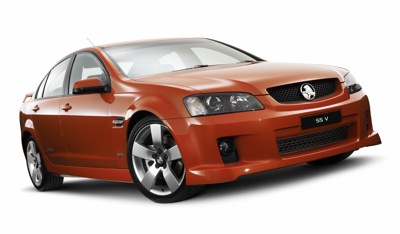Where modified cars should be going…
The other day a reader wrote in, saying how he was disappointed with AutoSpeed. Amongst other things, he said that there were plenty more powerful modified cars around than those we are featuring – all we had to do was attend some dyno days and go to the drags.
That we are no longer particularly interested in featuring typical straight-line drag cars, and typical horsepower dyno hero cars, hadn’t occurred to him.
I told him in my reply that AutoSpeed was (and is) changing in editorial direction; if he liked the Australian magazine Street Machine (he’d said in a previous email he did) I thought it very unlikely that he would like AutoSpeed, both now and in the future. Therefore, it would seem best that he stop reading AutoSpeed, rather than just go on being frustrated with us.
[Incidentally, this idea that if you don’t like us, don’t read us, seems to offend people. But to me it makes perfect sense: what’s the alternative – I encourage those readers to persevere, even though I know they won’t like what is coming up? To me that seems completely hypocritical.]
Anyway, I was reflecting on the reader’s comments, especially in the implication that more power is good – and even more power is therefore better. As I’ve stated previously, I think that many modified cars in Australia are heading in completely the wrong direction – they’re huge, hugely heavy, and hugely powerful. But rather than put this so negatively, let’s look at the issue more proactively. What makes for a good modified car? (And so, one that we’d be delighted to feature?)
- » Continue reading or Comments (16)

 Julian Edgar, 50, has been writing about car modification and automotive technology for nearly 25 years. He has owned cars with two, three, four, five, six and eight cylinders; single turbo, twin turbo, supercharged, diesel and hybrid electric drivelines. He lists his transport interests as turbocharging, aerodynamics, suspension design and human-powered vehicles.
Julian Edgar, 50, has been writing about car modification and automotive technology for nearly 25 years. He has owned cars with two, three, four, five, six and eight cylinders; single turbo, twin turbo, supercharged, diesel and hybrid electric drivelines. He lists his transport interests as turbocharging, aerodynamics, suspension design and human-powered vehicles.



